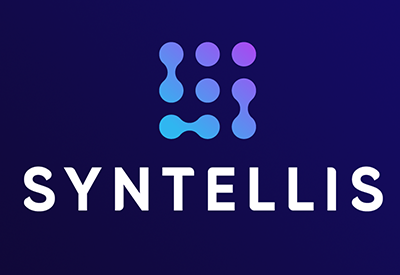Retaining patients and strengthening physician relationships are keys to maximizing revenue and improving continuity of care. Hospitals and health systems with a strong physician relation strategy minimize patient out-migration to a competitor right down the street or in a nearby city.
This is especially critical in rural hospitals, which are at increased risk for patient out-migration to urban hospitals and are most in need of revenue retention. According to a 2022 Guidehouse analysis, 25% of rural hospitals nationwide are at a high risk of closing unless their financial situations improve. Of these hospitals, 82% are considered highly essential to their communities.
Here are three ways hospitals and health systems of all kinds can effectively address patient out-migration and physician referral leakage head-on.
1. Establish a Well-Defined Service Area
Out-migration occurs when a patient leaves your service area to receive care. So, it’s critical to clearly define your service area to know where most of your patients are coming from.
First, we recommend that you define your service area by ZIP code. You can begin by gathering four pieces of information:
- Patient origin by ZIP code
- Market share of the top 85% of patient origin ZIP codes (if available)
- Population by ZIP code
- The physical location of the ZIP code on a map.
We also recommend incorporating address-level patient data to create a custom market service area. This approach shows where patients come from regardless of geographic boundaries, such as counties, ZIP codes, or census tracts. Overlaying the market service area approach with the ZIP code approach helps you visualize the difference.
Not only does a well-defined service area assist with out-migration planning, but it also helps you understand who your competitors are by service line, which is key when developing a physician referral leakage strategy.
2. Construct a Clear Map of Physician Referral Patterns
Physician leakage occurs when physicians refer patients to competing hospitals or providers outside their network.
Consider this scenario: an individual goes to their primary care physician, and that physician advises the patient to see a cardiologist. Instead of referring that patient to a cardiologist within the same network, the patient is referred to a competitor.
The key to intercepting and addressing these out-of-network referrals is clearly understanding when and where the leakage happens. You can then develop a plan for interrupting those patterns and keeping that business within your network.
To better understand referral patterns and patient migration throughout the care continuum, hospital and health system teams need a tool that leverages 837 submit All-Payer Claims Data (APCD) for longitudinal analysis. This dataset makes it possible to link all claims for a single patient.
Strategists and planners should analyze this data to answer questions about referral patterns and leakage that spark concern. Then, leverage those insights to correct the issue of physicians sending patients to the competition and develop a strategy to encourage referrals within the network.
3. Set a Cadence for Monthly Tracking
Once you’ve correctly mapped your service area and have access to data that can identify referral patterns, the next step is establishing a process for regular tracking and benchmarking.
Monthly analysis of out-migration and referral patterns makes it easy to quickly connect progress to positive financial improvement. Analysts need access to regularly refreshed APCD to keep a close eye on what’s working and what’s not.
Leverage Technology to Pinpoint Opportunities for Growth
There’s no one-size-fits-all answer to patient out-migration and physician referral leakage, but there are tools and strategies that can help you identify where it’s happening and create a plan of action.
Syntellis’ APCD updates 90 days post-close of the month to provide a view of what happened in the past and help establish a foundation from which to move forward. This proprietary and curated dataset includes patient claims sent to commercial insurers, Medicare fee-for-service, Medicare Advantage, Managed Medicaid, and traditional Medicaid. It provides insight into all sites of care where a patient may seek treatment — from hospitals and ambulatory surgery centers (ASCs) to physician offices and urgent care centers.
Leveraging our APCD, Syntellis’ Axiom™ Market Opportunity Analysis and Axiom™ Market Opportunity Visualization give healthcare teams the tools to transform patient origin, referral, market share, and out-migration data into actionable intelligence and insights that guide strategic growth planning.


